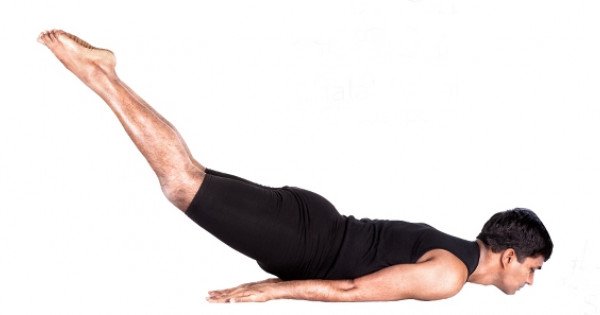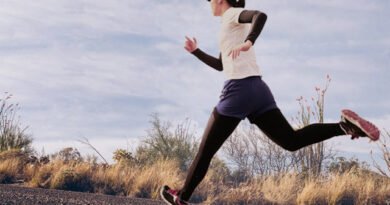Yoga
Yoga
Pinki Hazarika
Yoga is the stilling of the mind until it rests in a state of total and utter tranquility, so that one experiences life as it is: as Reality. One experiences life through the clearest of lenses — lenses not colored by thoughts of good or bad, or mine or yours. When the fluctuations of the mind are totally removed, we are at one with everything and all that is. Yogas chitta vritti nirodha is Patanjali’s definition of yoga. It means that yoga is the removing of the fluctuations of the mind one with everything and all that is. We experience oneness, or union with all. We have no separation from our inner divinity and the Divine. This is yoga. The literal translation of yogas chitta vritti nirodha is as follows: YOGA = to yoke, to join, to uniteCHITTA = consciousnessVRITTI = fluctuationsNIRODAH = quieting ofIt’s quite impossible to remove the fluctuations of the mind because the mind is always thinking — that’s what it does. However, what the Master of the Yoga Sutras Patanjali Rishi is teaching us here has to do with a method of quieting the mind, which is a system of practices that leads us to mental peace These fluctuations that Patanjali refers to have to do with desires, aversions, attachments, ignorance and the ego’s sense of “I” and “me” and “mine.” This phrase, “yogas chitta vritti nirodha,” is stated in Yoga Sutra 1.2. The heart of what Patanjali is addressing here is our consciousness as human beings. Now let us talk about a Yoga posture—-SHALABHASANA Shalabhasana – The Locust Pose

The sequence of steps:Exhaling, in 3 seconds, raise the right leg (kept straight) as high as possible without lifting the hips; keeping the left leg firmly on the ground. While raising the leg, secure the palms and contract the lower back muscles.Maintain this pose for 6 seconds, suspending the breath (final position).Return to starting position: Inhaling, in 3 seconds, gently bring the raised foot down to attain starting position.Follow the above steps with the left leg.Now, perform the Asana with both the legs rising simultaneously, while exhaling to complete 1 round.Recommended practice: Practice 3 rounds, with pause in-between rounds. Limitations/Contraindications:
Precautions for Shalabhasana ( Locust Pose)
The precautions for Shalabhasana to be kept in mind are given below:
- Do not strain the body while performing this asana.
- Don’t bend the knees or raise the chin above the floor.
- This asana is not suitable for people having high blood pressure or a weak heart.
- People suffering from any of this condition should avoid practicing Shalabhasana: abdominal tuberculosis, hernia, stomach ulcers or any other similar condition.

Pinki Hazarika
Art of living Faculty
Regional Director GEP
Has been with the organisation since 20years, a meditator, a yoga enthusiast and an ardent devotee of Gurudev Sri Sri Ravishankar ji




